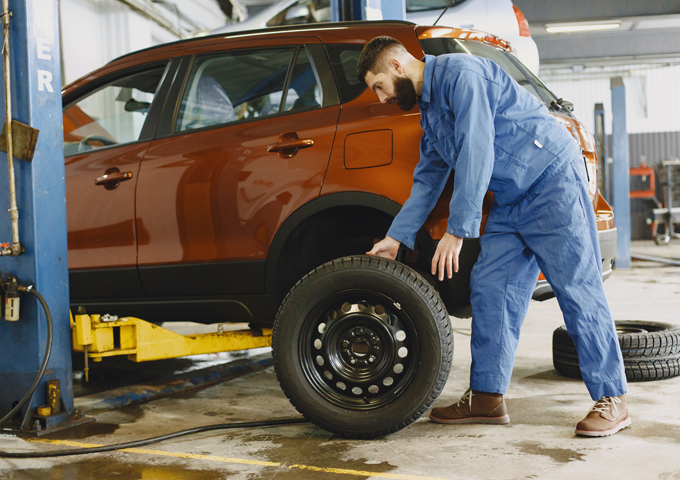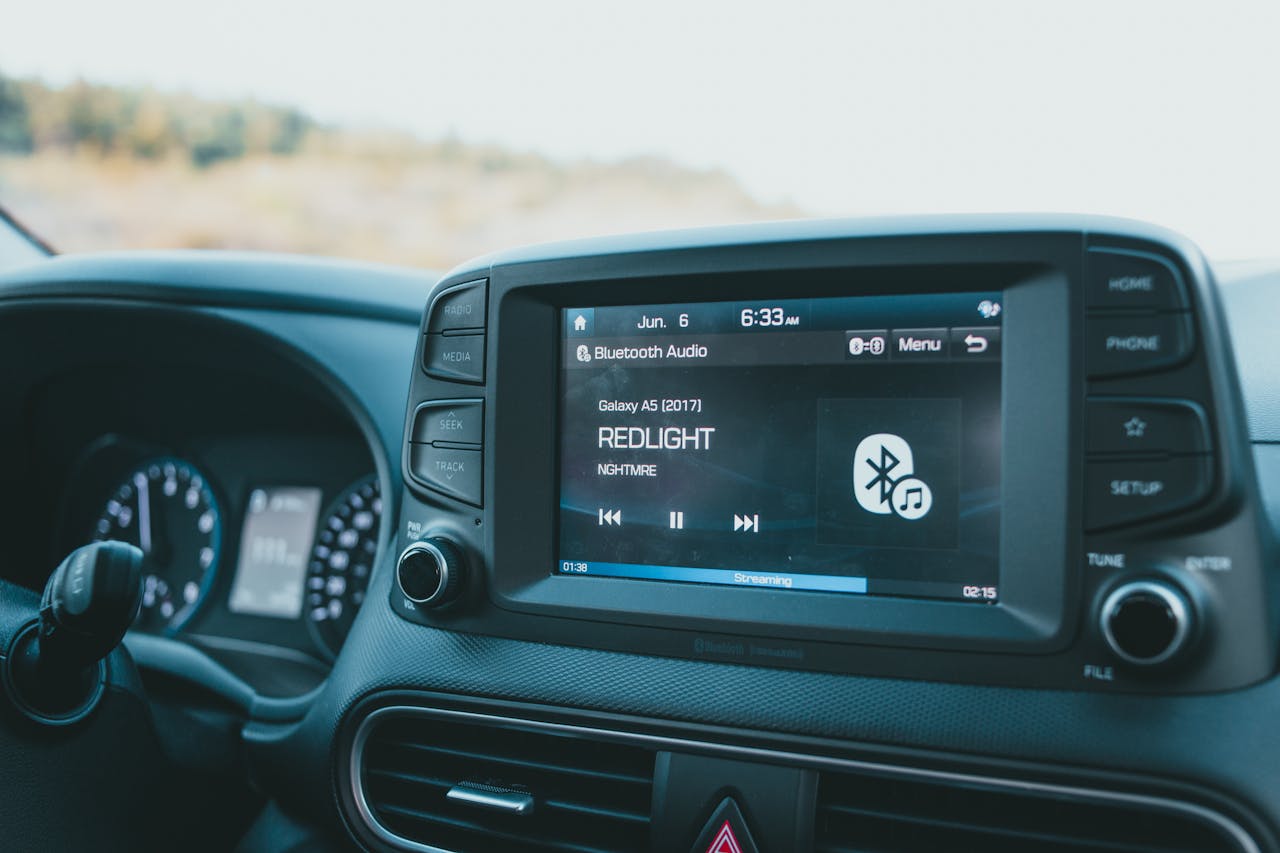
There are many ways to look after and maintain your car. From batteries to anti-freeze, there are many things to consider. If you would like to learn more about the best way to maintain your vehicle, keep reading.
How To Care For Your Car In Storage And On The Road
A car is much more than just a body with four wheels. Any component on a car that needs maintenance or care will also require care when storing your vehicle. If you have applied for a SORN, or you are going on a holiday, the correct way to store your car is a key. Knowing the correct way to store your car is very important. If not stored properly, you could face issues such as rust or a battery that has gone dead.
So, before storing your car away for a couple of weeks, a month, or maybe even longer, here are a few things to check:
- Tyres
- The engine
- Fuel levels
- Anti-freeze levels
- Car paint
- Car battery
- Car Storage
- Winter maintenance
It is also important that your car is stored in the right place. We will cover the details on each thing to remember, and a few general care tips for your car below.
How To Maintain The Engine Of A Car
Here are the steps to follow to maintain the engine of your car:
Check the oil levels in the engine
It is important that the oil levels are checked regularly to make sure your car runs smoothly. This oil acts as a type of lubricant for the engine, which helps to lower the temperature of the engine and to promote fuel efficiency.
Checking the oil levels every two weeks can prevent the engine from breaking down and it will lower the risks of a breakdown. When checking the oil levels, make sure the engine has cooled down. You should be checking the oil levels before you drive your car. Also, the Alfa Romeo suspension scheme enables the system to be very rigid when cornering and at the same time very flexible in the longitudinal direction that is best for the engine.
- The engine must be cool and ensure that the car is not parked on a hill or slope
- Open the bonnet and locate the dipstick
- Pull the dipstick out and wipe away the oil so you can find the maximum and minimum markings
- Push the dipstick back in all the way before removing it again
- Find where the oil is marked. Anything under halfway between the maximum and minimum means that the car requires a top-up
- Pay attention to the dipstick levels when you add oil as you want to avoid overfilling
- Make sure that there are no oils spills when tightening the cap
- Make sure you have replaced the dipstick before closing the bonnet
In certain cars, there might not be a visible dipstick. In these cases, the car usually has an oil-monitor fitted. Check the manufacturer’s guide to find out how to check your oil levels. In most cases, you should be able to pick up the reading on your dash.
Changing The Filters And Oil
In addition to checking the oil levels, it is also important to regularly change the oil to maintain the engine and make sure it extends its average or performance lifespan. You should be changing the oil every 3,000 miles/3 months. This will help to maintain a cleaner engine and protect the parts in the engine, as well as improve the performance of the engine.
Filter and oil changes are standard when it comes to car services. So if you want your car to run at its very best or you are planning to store it for a few months, schedule an appointment with your preferred mechanic.


